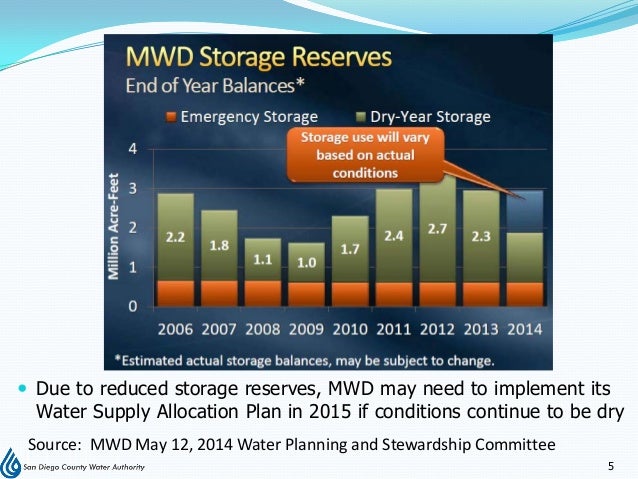

In northern Europe, the advection fog will mainly be associated with wind directions between south and west. It is most common during spring and early summer, when the water still is relatively cold. This is called advection fog and will typically cover a larger area than radiation fog. Advection fogįog can also develop when relatively warm and humid air is moving out over cold water (or land). Two nearby sites could therefore experience a huge difference in visibility with one having more than 20km while the other having less than 1000m. The radiation fog will typically be rather shallow, and often cover smaller areas and also occur partly as patches of fog. However, the radiation fog can later on move out to sea and can cause poor visibility for offshore sites throughout the day. The same process is not possible over sea, as the sea temperature have no diurnal variation due to the much higher heat capacity (compared to a landmass) of water. This, so-called radiation fog, can only form if the sky is clear and winds are weak. Over land, fog will typically form during the night when the temperature is falling, and then dissipate during the morning as the sun will heat and therefore dry out the lower atmosphere. The calm wave conditions in this photo tells us that the winds are weak – this is good conditions for generating fog and mist Radiation fog The water vapor will then condensate into water droplets. This is the same process as in cloud formation, where air is rising and therefore cooled down until saturation is reached. If the air is cooled down, the water vapor will condensate into water droplets resulting in mist or fog. An airmass that have moved a longer distance over water will be more humid, than an airmass (with the same temperature) that have passed mainly over land. It will also depend on the track of the airmass. The humidity is depending on the type of air mass, as warm air can contain more water than a cold air mass. The air is always containing some amount of water – either as invisible steam, as liquid water droplets or as solid water - like ice crystals, snow and hail. Mist is often defined as a visibility between 10m, and fog as a visibility below 1000m. In general, the visibility is better when the winds are from a northerly direction (on the Northern Hemisphere) than when southerly winds prevail, as the northerly winds often brings colder drier and often cleaner air.

Snow crystals will for example reduce the visibility more than rain drops. However, also the form of the aerosol will affect the visibility. The more aerosols that are present in the air, the poorer visibility. The visibility is depending on the number of aerosols in the air (water droplets, ice crystals or other particles like dust), as the aerosols will reflect the incoming light. Visibility reducing phenomena like smoke from forest fires, dust from sandstorms and blowing snow can sometimes affect large areas over land but are very seldom causing difficulties at sea and are therefore not discussed. This article will go through the most common weather conditions that could reduce the visibility at sea. Factors like humidity, wind speed and temperature, and is one of the hardest meteorological parameters to forecast.


 0 kommentar(er)
0 kommentar(er)
